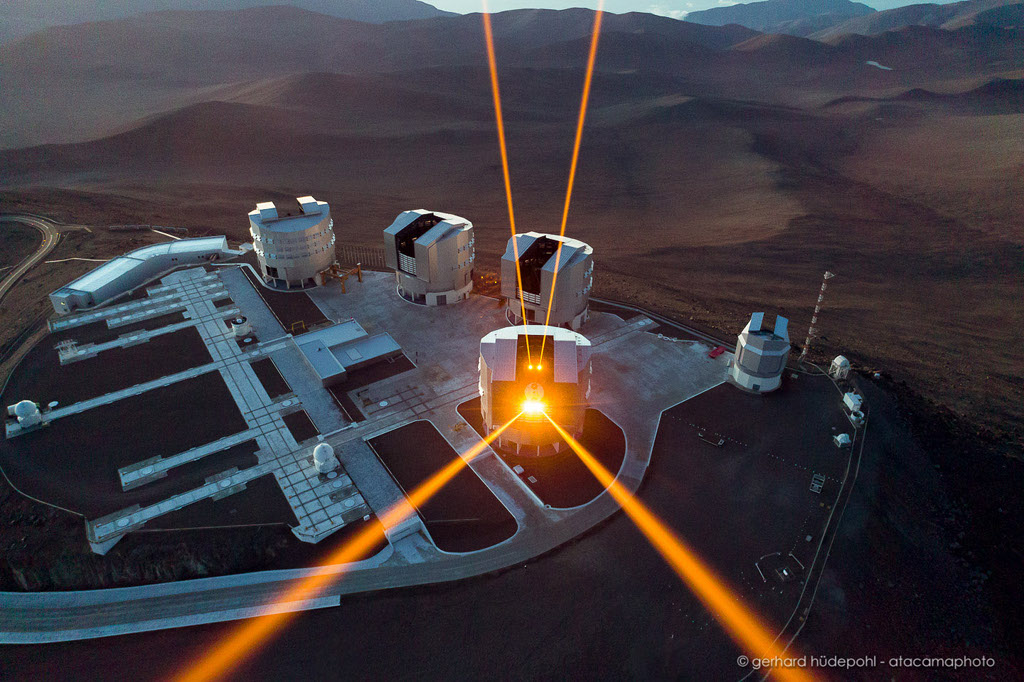
Orbital ATK Antares Rocket Lifts Off on Resupply Mission to the International Space Station


Students from Pacoima and San Fernando, California, will have the opportunity to talk with astronauts on the International Space Station on Tuesday, May 22, as part of NASA’s Year of Education on Station.
from NASA https://ift.tt/2IBH3D2
via IFTTT![]()
Astronauts soon will have new experiments to conduct related to emergency navigation, DNA sequencing and ultra-cold atom research when the research arrives at the International Space Station following the 4:44 a.m. EDT Monday launch of an Orbital ATK Cygnus spacecraft.
from NASA https://ift.tt/2ICeW2z
via IFTTT![]()

Orbital ATK, in conjunction with NASA, has moved the launch of its ninth contracted mission to the International Space Station to no earlier than 4:39 a.m. EDT Monday, May 21, to support further prelaunch inspections and more favorable weather conditions.
from NASA https://ift.tt/2rTTcZu
via IFTTT![]()

NASA has selected InuTeq LLC of Beltsville, Maryland, to provide world-class, high-performance computing to all NASA missions in support of mission-driven science and engineering.
from NASA https://ift.tt/2wZKK03
via IFTTT![]()